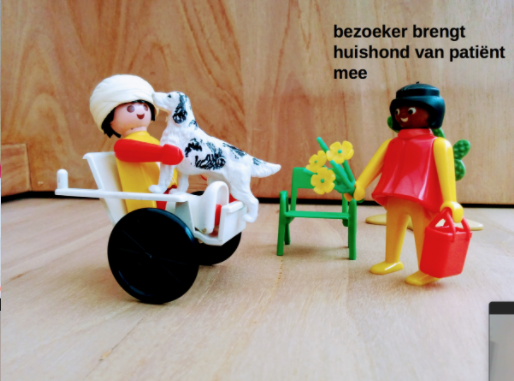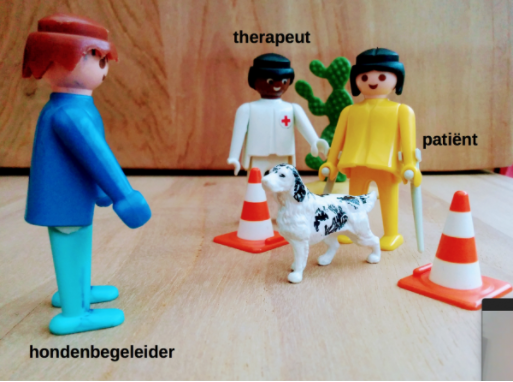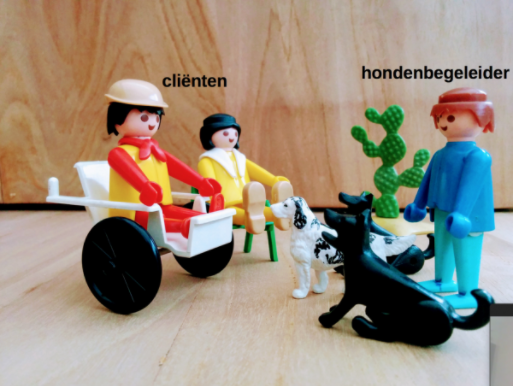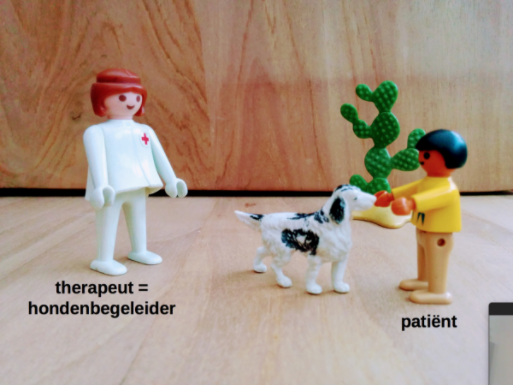People's lives are often enriched by interacting with animals. The most popular pets such as dog and cat share joys and sorrows with their owners every day. But animals also play a role in some forms of sport and relaxation, such as horse riding.
It is therefore logical that the medical sector brings some patients into contact with animals. The underlying reasons for these meetings are varied. For example, with Animal Assisted Activities (AAA) the patient can do an activity with an animal for the purpose of relaxation. If the reason for the animal-patient encounters serves a specific therapeutic purpose and is therefore controlled by a therapist, the term Animal Assisted Therapy (AAT) is used. The umbrella term is Animal Assisted Interventions (AAI). This also includes Animal Assisted Education (AAE) or the use of animals for educational purposes and Animal Assisted Coaching/Counseling (AAC).
The rapidly increasing interest in animals as a welfare factor for humans can of course not ignore the welfare of the animals themselves. The basis of a successful intervention is a respectful relationship between humans and animals.
AAI can be implemented in a variety of ways in a healthcare environment. Below we summarize the most commonly used models.
Animal Assisted Activities:
- A team of animal(s) and its handler come to visit a patient in a health care center. Both the handler and the animals are trained for AAA.
- Animals can stay (almost) permanently in the care institution. If the animal is a dog, it is assigned to a staff member of the care institution and the dog goes home with the staff member (semi-residential). The dog and some of the staff members are trained for AAA. If the residential animal is another species, e.g. a cat or rabbits, it will be permanently present in the institution and a number of staff will be trained in caring for the animal in question in order to safeguard its welfare.
- In addition, pets of patients can also come to visit with a family member, or they can even stay permanently with the patient in the care institution.
Animal Assisted Therapy, a therapist is always present during the AAT sessions:
- An animal-handler team is deployed by the therapist during the sessions. Animal and handler are trained for AAT, the therapist determines the objectives of the therapy and consults with the handler how the animal can assist.
- The therapist is trained in AAT and brings his own animal.
- A (semi-)residential animal can also be used in sessions with a therapist trained in AAT.
- In some situations, the AAT-trained therapist may opt to use the patient's own pet during the sessions.




